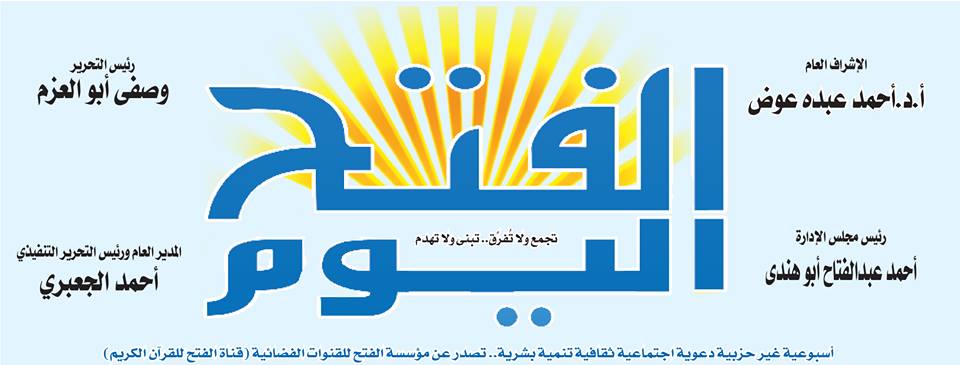Abstract
Many Muslims drink Zamzam water for use either medicinally or religiously. Millions of pilgrims drink it and take bottles of it to their home countries. Heated scientific and political debates appeared after BBC reported in May 2011 that Zamzam water is poisonous, because of the high levels of arsenic. The World Health Organizations classifies arsenic as a human carcinogen, but some types of arsenic are also used as medicines. Adequate scientific studies on the Zamzam water are absent. This paper will provide, for the first time, basic and comprehensive information regarding the geochemical properties of Zamzam water for more than 30 indicators and using the state-of-the-art laboratory facilities. The data will help us to understand the sources of pollution under discussion, reactions at both local and international levels; and will highlight the potential healing capacity of Zamzam water. Thirty Zamzam water samples were collected by three distinct methods; from 10 pilgrims living in different locations in Germany in 2007, 10 samples from shops in Frankfurt and Berlin in 2011, and 10 samples directly from Makkah in 2011. The samples were analyzed 2 weeks after collection for more than 30 indicators: pH, EC, Eh, Cl, F, Br, NO(3), PO(4), SO(4), HCO(3), Ag, Al, As, Ba, Ca, Cd, Co, Cr, Cu, Fe, K, Mg, Mn, Na, Ni, Pb, Sr, and Zn beside others. Four major instruments were used; the IC, the ICPOES, the ICPMS and the HGAAS. The quality of the water did not change for 2 years and there was an excellent agreement among the results of the 30 water samples as well as between the results of the 2 years for the same samples analyzed in 2007 and 2008. The water is alkaline (average pH is 8) with an average Li concentration of 15 μg L(-1). The average concentrations of As and NO(3) showed values three times higher than the WHO standards (27 μg L(-1) and 150 mg L(-1), respectively). The averages of Ca and K were 95 and 50 mg L(-1), respectively. Very urgent steps are required to scientifically screen for the elevated parameters As, NO(3), Ca, and K in all Zamzam water sources and locations with full transparency. The resultant information should be made available to the public, and the relationship between pollution and human health should be addressed. The alkalinity of Zamzam water and the presence of trace amounts of As and Li may cause the healing power. However, a scientific strategy should be developed and adopted to enable further research and studies on toxicology and treatment technologies could be applied if needed.
دراسة ألمانية عن ماء زمزم
منقول من موقع: http://www.ncbi.nlm.nih.gov/pubmed/22138338
Zamzam water: concentration of trace elements and other characteristics
طبوغرافي
- حجم الخط
- الافتراضي
- وضع القراءة



